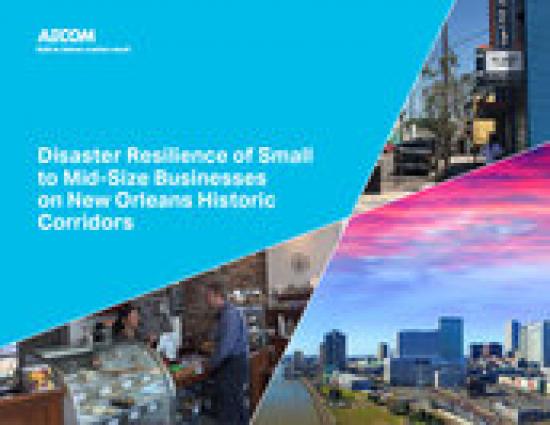UN welcomes Trump commitment to resilient infrastructure
The Oroville Dam’s structural weakness and the forced evacuation of 200,000 people living in its shadow has seen renewed interest in President Trump’s campaign promise to invest in resilient infrastructure across the United States. The White House spokesperson, Sean Spicer, raised the issue last week when he said the Oroville dam situation “is a text book example of why we need to pursue a major infrastructure package in Congress. Dams, bridges, roads and all ports around the country have fallen into disrepair.







